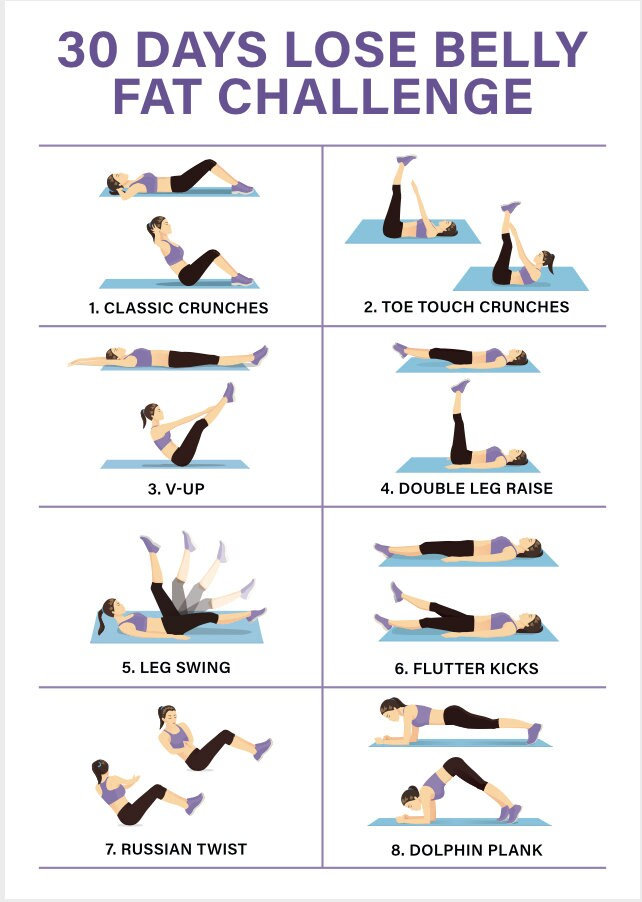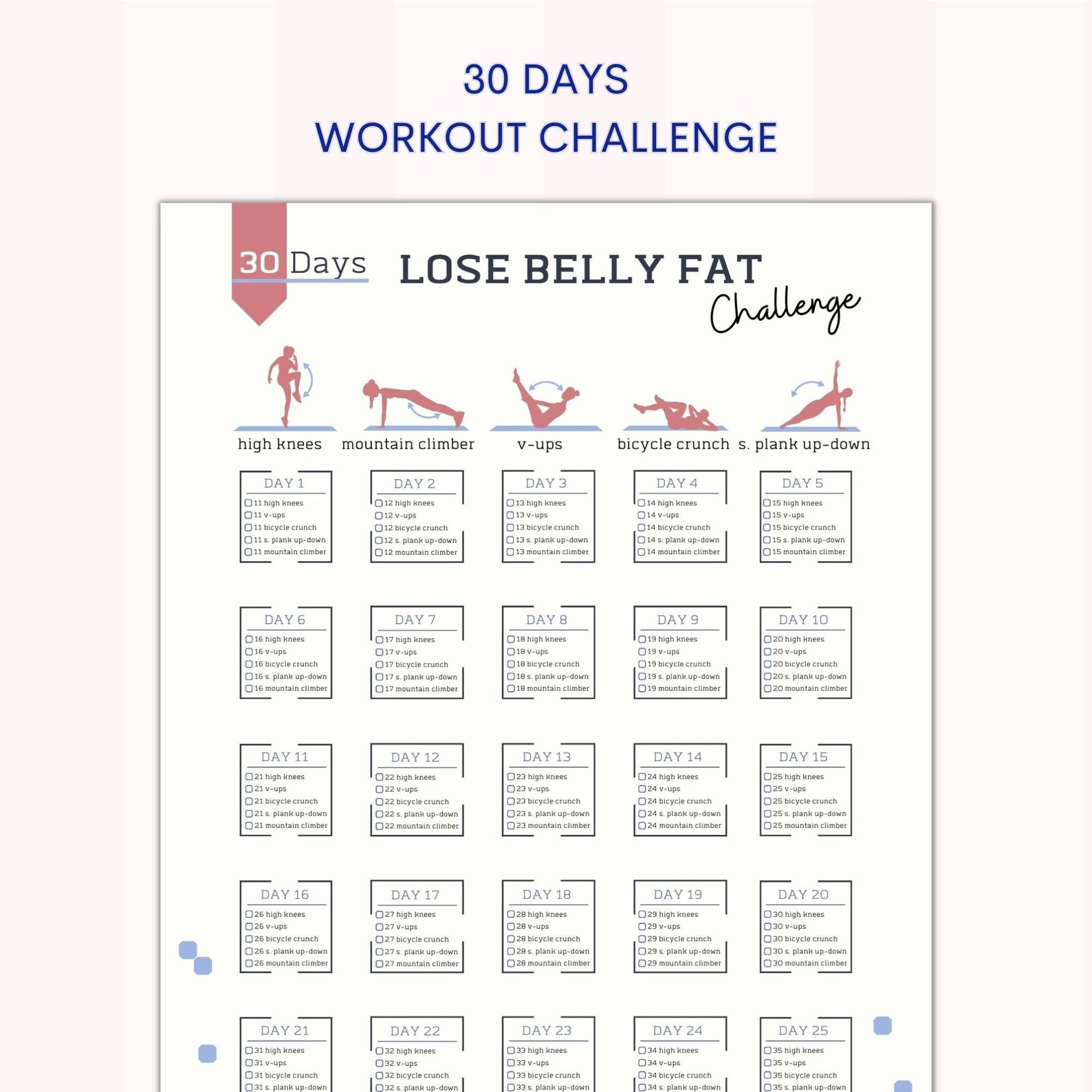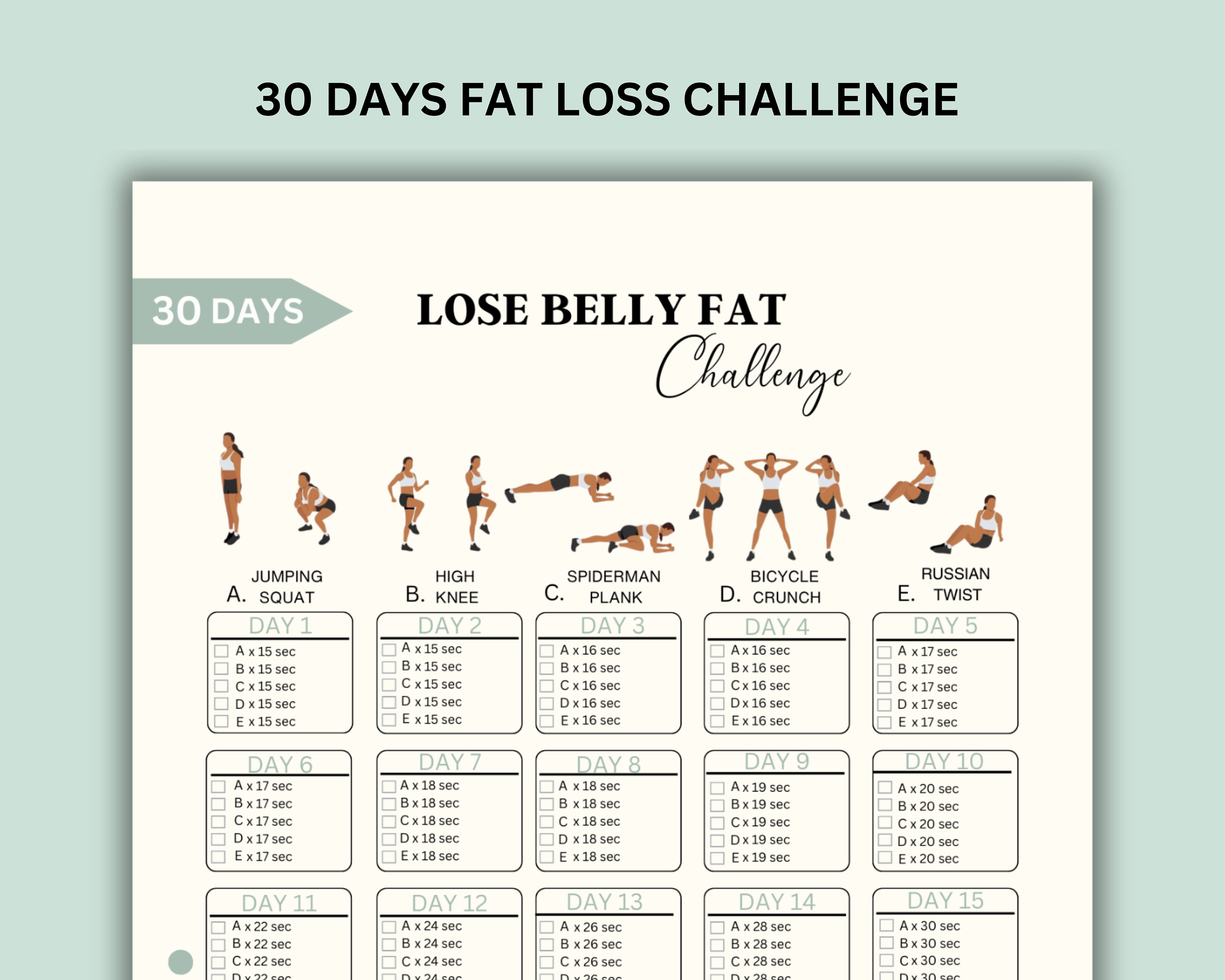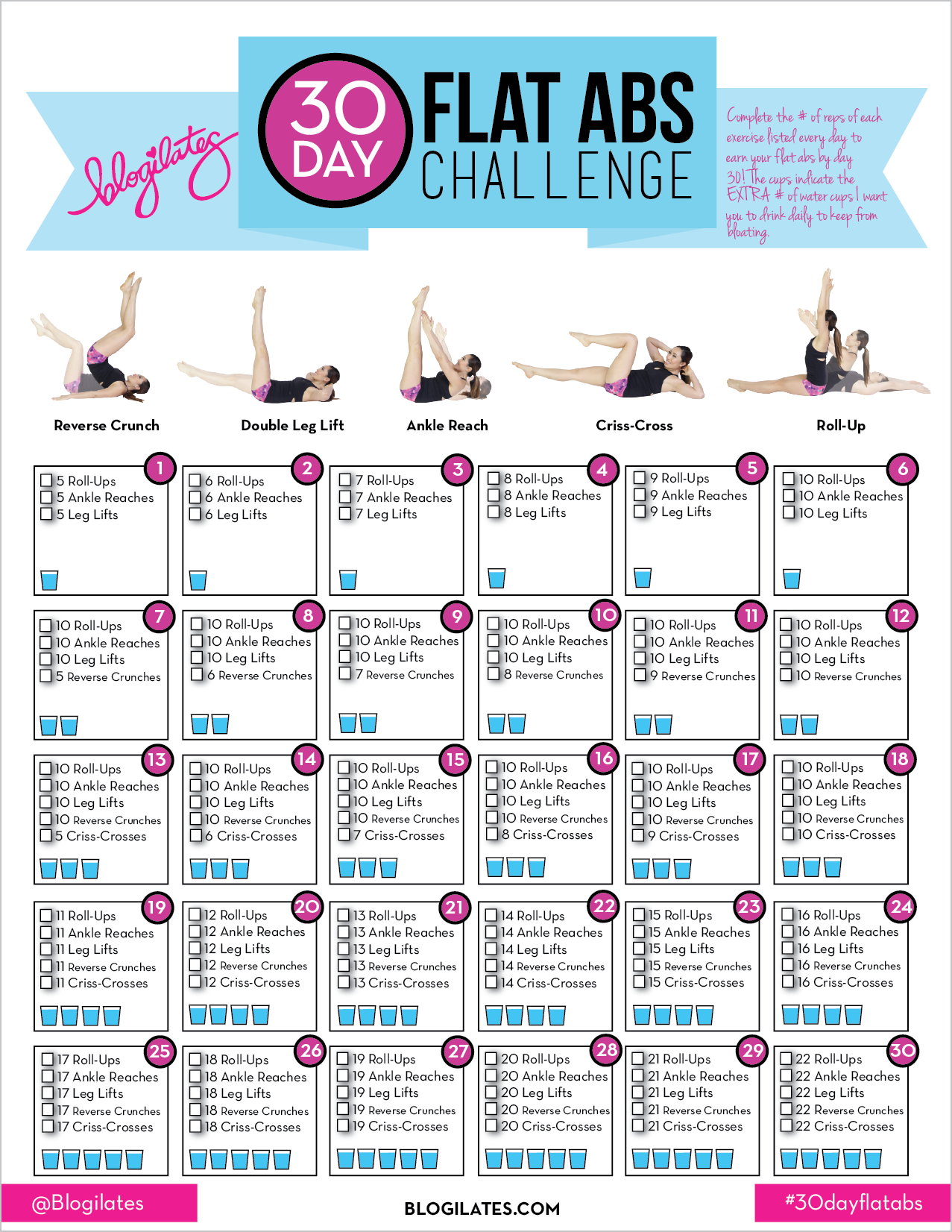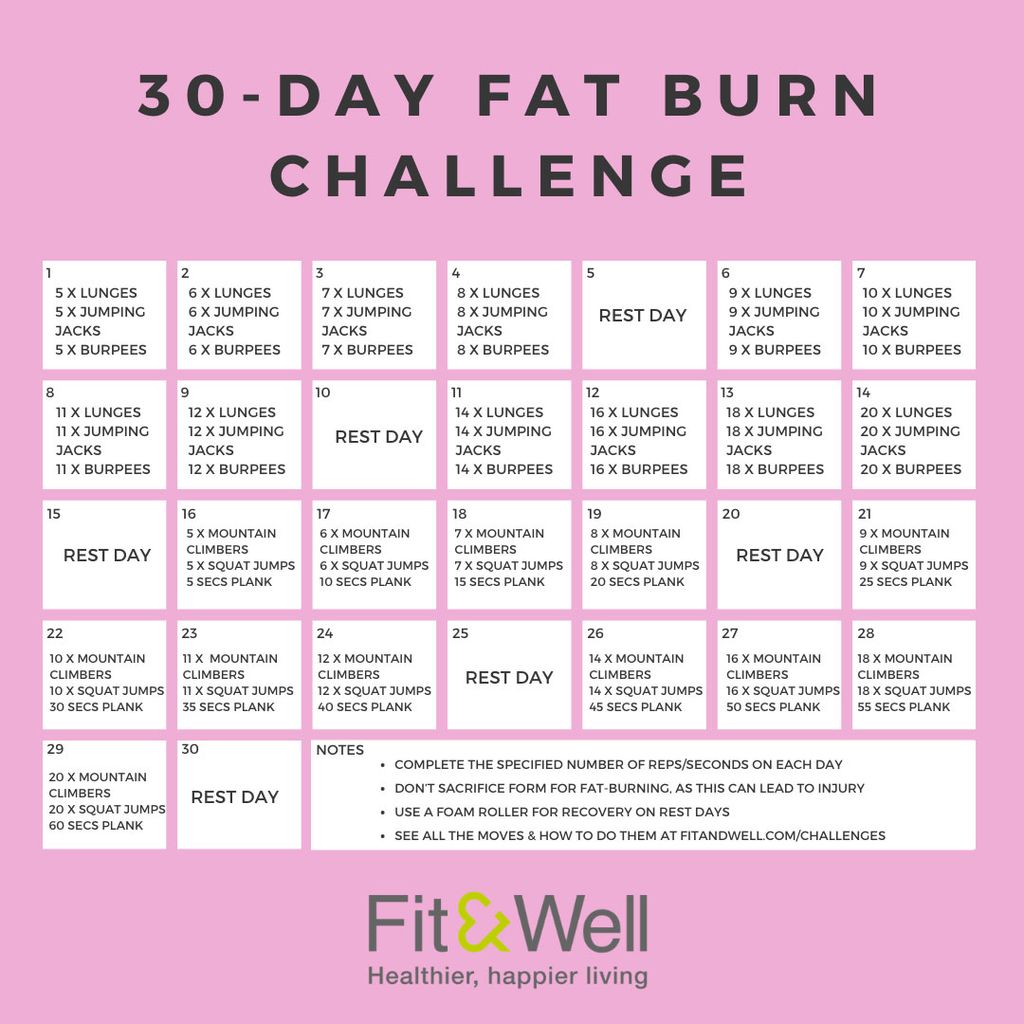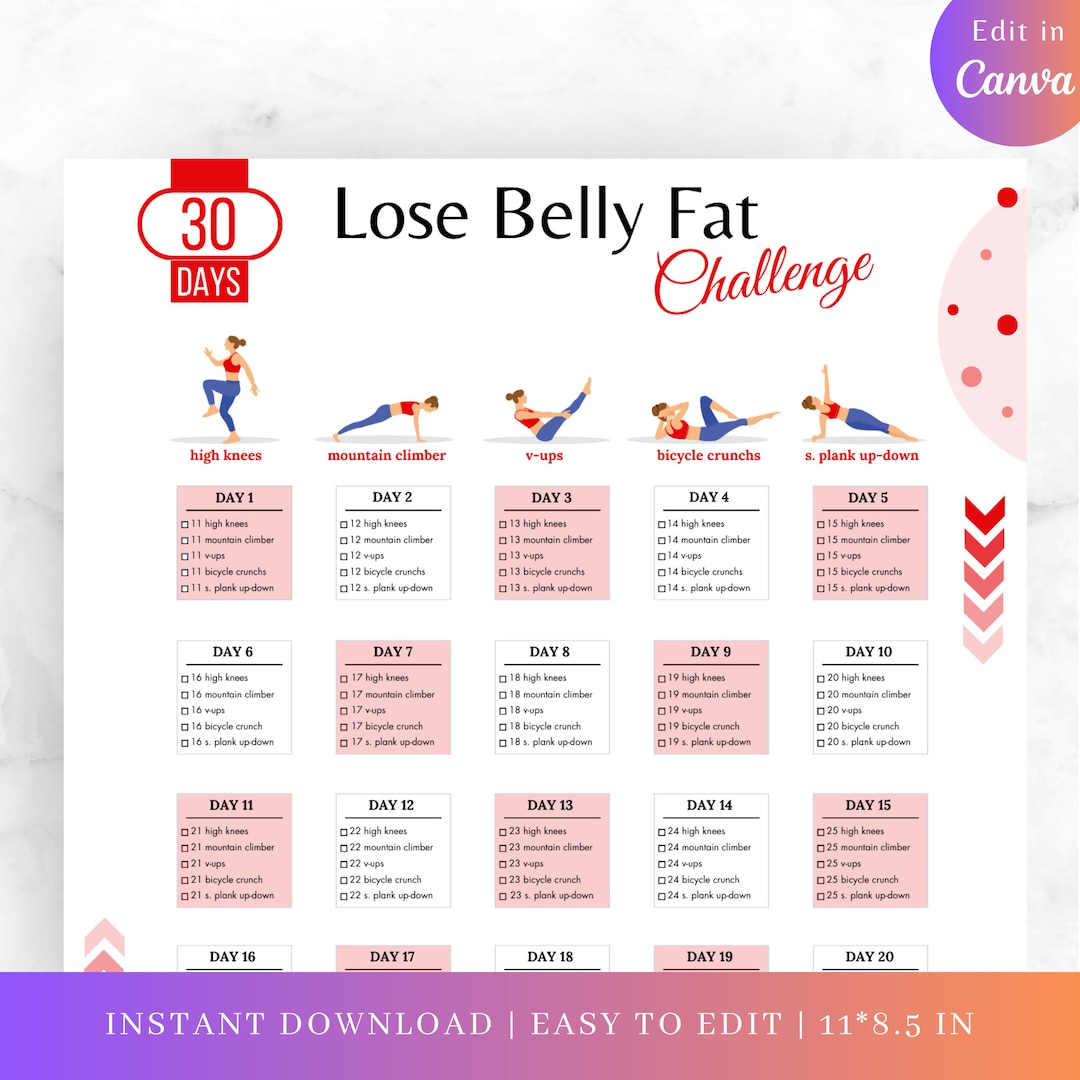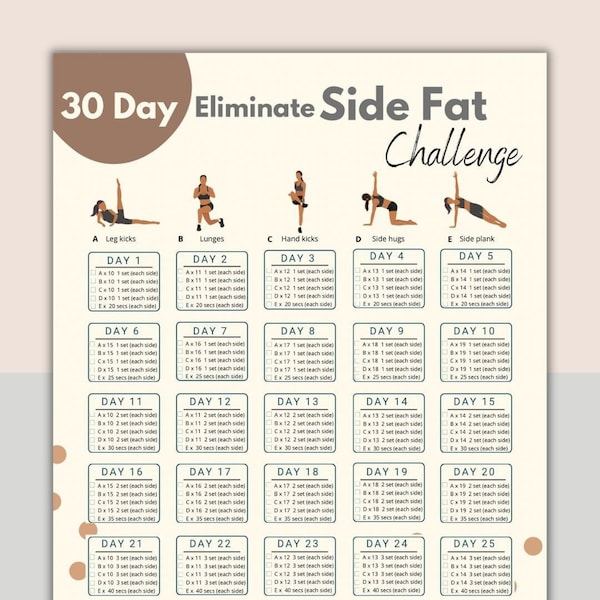30 Day Challenge Lose Belly Fat
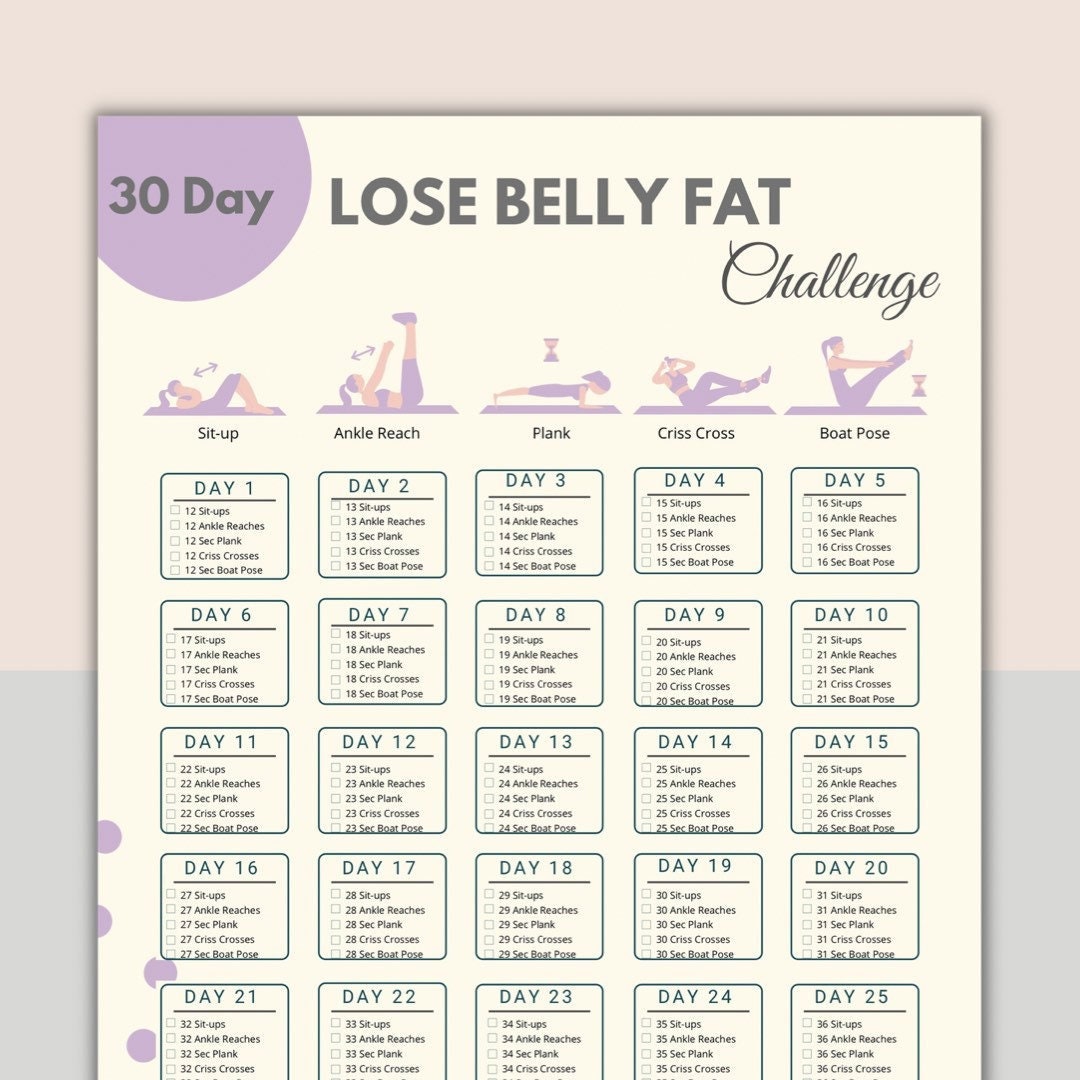
Imagine waking up each morning feeling lighter, more energetic, and confident in your clothes. The sun streams through your window, and instead of dreading your reflection, you greet it with a smile. You feel a newfound spring in your step, ready to take on the day. This isn't a fairytale, it's the promise many are finding with the popular "30-Day Challenge Lose Belly Fat."
This trend is sweeping across social media and wellness circles, offering a structured path to a flatter stomach in just one month. But what exactly does this challenge entail, and can it really deliver on its promises? This article explores the truth behind the 30-day challenge, offering an honest look at its potential benefits, necessary commitments, and sustainable strategies for long-term success.
The Allure of the 30-Day Challenge
The concept of a 30-day challenge isn't new. It's built on the principle that consistency over a defined period can lead to tangible results. The "30-Day Challenge Lose Belly Fat" is simply a focused version of this, targeting the stubborn abdominal area, often considered the most challenging area to tone.
What makes it so appealing? It's the promise of relatively quick results. In a world of instant gratification, a month feels manageable, offering a light at the end of the tunnel. The structured nature also appeals to many, providing a clear roadmap instead of vague advice.
Behind the Buzz: Understanding Belly Fat
Before diving into the challenge itself, it's crucial to understand what we mean by "belly fat." It's not just about aesthetics; abdominal fat, especially visceral fat, poses a significant health risk. This type of fat, located deep within the abdomen around the organs, is linked to increased risks of heart disease, type 2 diabetes, and certain cancers, according to the Mayo Clinic.
Therefore, targeting belly fat isn't just about looking better; it's about improving overall health and well-being. Factors that influence belly fat include genetics, diet, exercise habits, stress levels, and sleep quality. Addressing these factors is key to a successful and sustainable weight loss journey.
Decoding the Challenge: Diet and Exercise
Most variations of the 30-Day Challenge Lose Belly Fat center around two core pillars: dietary changes and targeted exercise. The dietary component typically involves reducing processed foods, sugary drinks, and unhealthy fats. Instead, the focus is on whole, unprocessed foods, including lean protein, fruits, vegetables, and whole grains.
Portion control is also emphasized, helping individuals create a calorie deficit necessary for weight loss. Some challenges may incorporate specific dietary approaches, such as intermittent fasting or a low-carbohydrate diet, but these should be approached with caution and preferably under the guidance of a healthcare professional or registered dietitian.
The exercise component usually consists of a combination of cardiovascular exercise and abdominal-focused workouts. Cardio, such as running, swimming, or cycling, helps burn calories and improve overall fitness. Specific abdominal exercises, like planks, crunches, and Russian twists, are incorporated to strengthen the core muscles.
It's important to note that spot reduction – the idea that you can lose fat in a specific area by exercising that area – is a myth. While abdominal exercises strengthen the core, overall fat loss is necessary to reveal a toned stomach. Therefore, a balanced approach with both cardio and targeted exercises is essential.
A Sample Challenge: What to Expect
A typical 30-day challenge might include the following:
Week 1: Focus on cleaning up your diet. Eliminate sugary drinks and processed snacks. Aim for 30 minutes of moderate-intensity cardio three times a week. Include 15 minutes of basic core exercises, such as planks and crunches, three times a week.
Week 2: Increase cardio to 45 minutes, four times a week. Introduce more challenging core exercises, like Russian twists and leg raises. Start tracking your calorie intake using a food diary or app.
Week 3: Experiment with high-intensity interval training (HIIT) for cardio. This involves short bursts of intense exercise followed by brief recovery periods. Continue with core exercises, increasing the repetitions and sets.
Week 4: Maintain your routine from week 3. Focus on consistency and making healthy choices. Consider adding a rest day to allow your body to recover.
This is just an example, and the specific exercises and dietary recommendations can vary. It's crucial to choose a challenge that aligns with your fitness level and health goals. Listening to your body and adjusting the challenge as needed is also important.
The Importance of Sustainable Habits
While the 30-Day Challenge Lose Belly Fat can be a great starting point, it's essential to recognize that it's not a magic bullet. Lasting results require sustainable lifestyle changes. Many people find that the initial enthusiasm fades after the 30 days, leading them to revert to their old habits.
The key to long-term success lies in viewing the challenge as a catalyst for creating healthy habits that can be maintained over time. This means finding a sustainable eating pattern that you enjoy and can stick to. It also means incorporating regular exercise into your routine in a way that feels manageable and enjoyable.
Focus on progress, not perfection. There will be days when you slip up or miss a workout. Don't beat yourself up about it. Instead, acknowledge it, learn from it, and get back on track. Building healthy habits is a journey, not a destination.
Potential Pitfalls and Considerations
It's important to approach the 30-Day Challenge Lose Belly Fat with realistic expectations. Results can vary significantly depending on individual factors, such as genetics, metabolism, and starting point. Some people may see dramatic changes in just a month, while others may experience more gradual progress.
It's also crucial to prioritize safety. Drastic dietary changes or overly intense exercise routines can be harmful, especially for individuals with underlying health conditions. Consulting with a healthcare professional or certified personal trainer before starting any new fitness program is always recommended.
Beware of challenges that promise unrealistic results or promote unhealthy practices, such as extreme calorie restriction or excessive exercise. A healthy and sustainable approach to weight loss is gradual and focuses on overall well-being, not just a number on the scale.
Focus on improving your overall health and fitness levels, rather than solely on losing belly fat. A holistic approach that encompasses healthy eating, regular exercise, stress management, and adequate sleep is the most effective way to achieve lasting results.
Beyond the Belly: Focusing on Overall Well-being
While losing belly fat can be a motivating goal, it's important to remember that true well-being encompasses more than just physical appearance. Focus on the positive changes you're making for your health, such as increased energy levels, improved mood, and reduced risk of chronic diseases. The Centers for Disease Control and Prevention (CDC) emphasizes that even small changes in lifestyle can have significant health benefits.
Celebrate your progress along the way, regardless of how big or small it may seem. Acknowledge your efforts and reward yourself for sticking to your goals. Remember that consistency is key, and every small step you take brings you closer to your desired outcome.
The 30-Day Challenge Lose Belly Fat can be a useful tool for kickstarting a healthier lifestyle. But its true value lies in the habits and mindset it helps you cultivate. Embrace the challenge as an opportunity to learn about your body, discover your strengths, and create a sustainable path towards a healthier and happier you.
